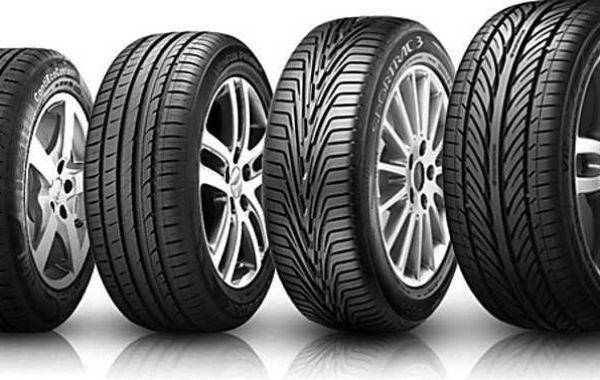With the fact, how to choose the right wheels for the car, we have already figured out. Now our task is to choose the tires. The markings on the tire sidewall are, perhaps, no less than the parameters of a disk, but in general it is a bit easier to pick up a tire. Let's find out what figures like 205/60/16 mean, and how to cope with them.
1. WHAT TO DO?
You need to choose the right tire for the disk with the specified parameters, or for the particular car.
2. WHAT TIRE PARAMETERS SHOULD I CONSIDER WHEN BUYING?
In choosing a tire, you need to consider the following parameters:
seasonality;
the type of tread;
the type of tire construction - tubeless or tubeless;
type of cord construction;
The mounting (or fitting) diameter;
tire width;
section height;
load index;
speed index.
As in the case with the choice of wheels, we should say at once: if at this stage you do not want to understand the numbers and indices, you can just use a tire calculator any major online store or online service, where you can instantly pick up the tire, indicating the model of your car or characteristics of existing disks.
However, if you keep reading, it is already clear to you that in fact the above list of parameters is quickly reduced to two or three items, as most of them - the obvious or subjective characteristics. Let's go in order.
3. SEASONNESS .
Seasonality is an obvious parameter: at the moment of choice of rubber, you understand perfectly well whether you need winter or summer tires. The question of choice of so-called "all-season" rubber and its applicability in conditions of year-round operation - a topic for a separate discussion, as well as the choice of mud or "universal". The only thing worth saying here is that winter tires should be marked with a "snowflake" or the letters "M+S" or "M.S".
4. TYPE OF TREAD
In general, the structure of the tread pattern is either symmetrical or asymmetrical, and directional or non-directional. The symmetric non-directional tread pattern is the simplest basic pattern type: such tires are the most common and inexpensive. Directional tread pattern, above all, increases its ability to drain effectively from the contact patch - this reduces the risk of aquaplaning. The asymmetric tread pattern is designed to combine good drainage and directional stability. The question of the choice of tread pattern also deserves a separate discussion.
5. TIRE WIDTH
Tire width is the first numerical index, reflected in the tire label. It is specified in millimeters: the tire 185/70 R14 has the width of 185 millimeters. This is probably the first parameter from our list, which can vary when choosing a tire for a particular disk or car.
Articles / Practice
Tire stretching, aka "house", aka tensioning - why you need it and how to do it right
Tuning is spreading over the roads of Russia at the speed of lava after the eruption of Vesuvius. Thousands of official dealers, network services and garage workshops are eager to transform the car.
The point here is that the rim can also have different widths, and the tire has to sit on the rim correctly. A tire that is too narrow will sit on the rim "house", which is unacceptable due to the high risk of spontaneous flaring, and a tire that is too wide will sit "mushroom", which is also unacceptable. Some tuning directions, like stance, consider "house" seating as beautiful and make it a separate styling element, but from the point of view of civil use it is not justified and wrong.
Source: https://tiresap.com/








